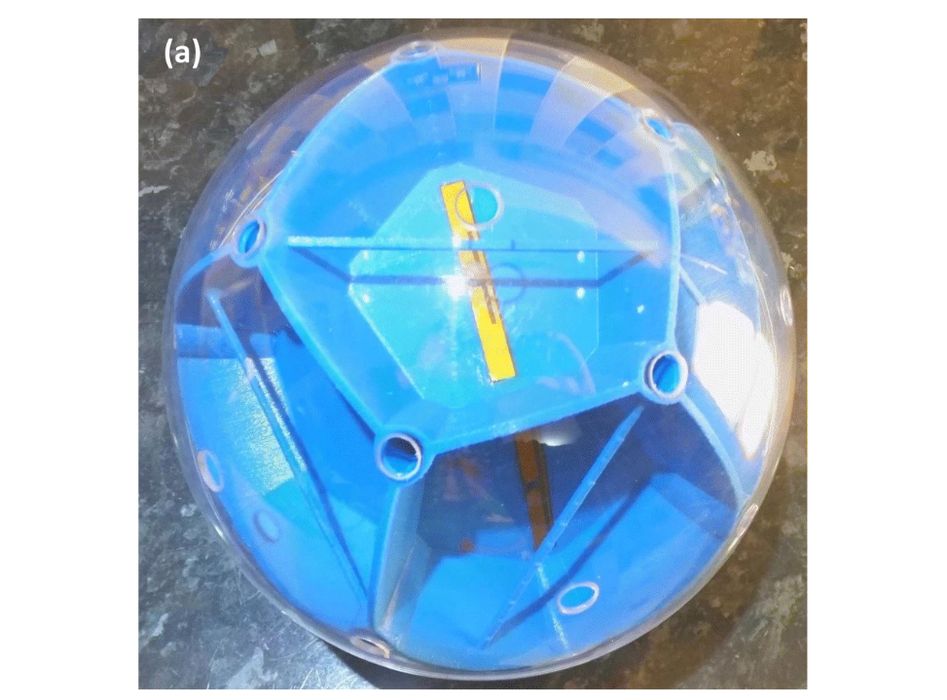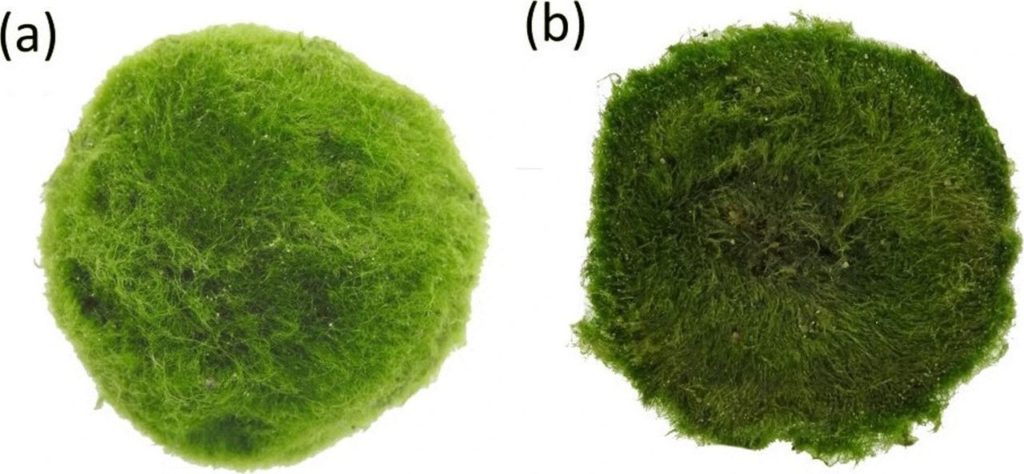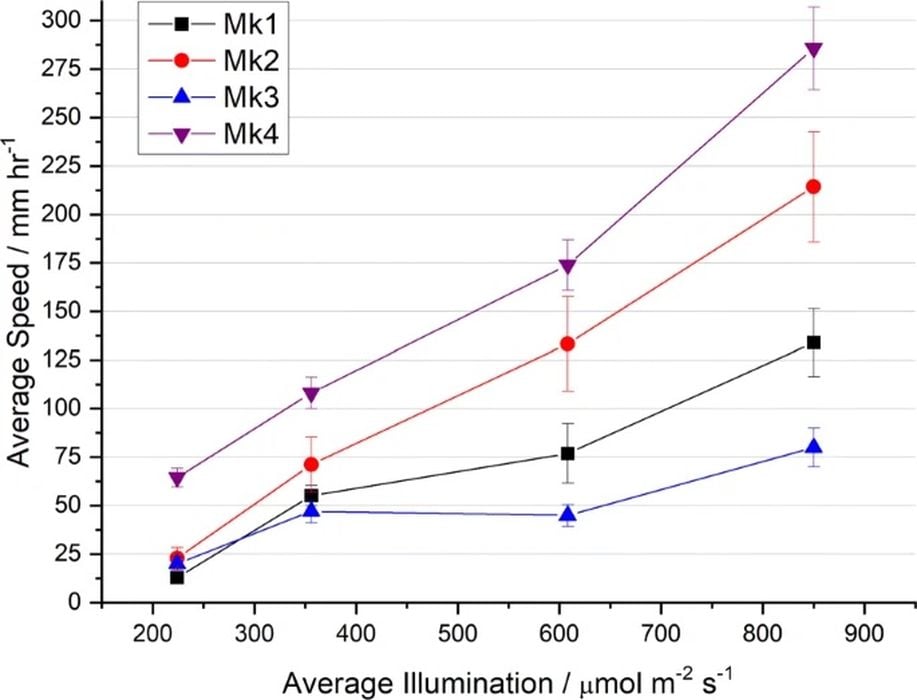
Researchers have found a way to directly use photosynthesis to power a mobile rover using a 3D printed design.
Photosynthesis is the chemical process that ultimately provides energy for all life on the planet. Plants and microscopic life absorb solar energy, combine it with CO2 to produce energy for themselves, and in the process release oxygen that is used by all animal life.
Solar energy is often used by machines through a conversion to electricity by means of solar panels. However, the components required to implement that process tend to be weighty and thus limiting in the size of a mobile device.
Here the researchers sought a means to directly use photosynthesis to power a small mobile device, and their solution is unique.

For an energy source, they chose algae. Specifically small 60mm diameter algae balls called “Marimo balls”. These are fibrous constructions of algae that congregate together and are commonly found around the world in wet environments.
Being green and full of chlorophyll, Marimo balls perform photosynthesis. As they are exposed to sunlight, they generate oxygen, which tends to accumulate on their fibers until shaken loose or grown to such an extent they fly off. It is on this phenomenon that the researchers capitalized.
The concept is to leverage the rotational torque generated by asymmetric accumulations of oxygen, which cause the Marimo ball to tumble. By encasing the ball in a specially designed 3D printed structure, they can cause the combo to move forward as the torque energy is released.
The resulting design was dubbed, Marimo Actuated Rover Systems, or “MARS”.
The researchers developed multiple designs for this concept, leveraging 3D printing’s ability to easily iterate through designs. Their MK4 design was able to achieve a speed of 275mm per hour. That’s not fast, but very notable for a chunk of PLA and some algae.

They found these MARS rovers were able to avoid obstacles and by ingeniously designing the vents on the printed structure, could somewhat control the rover movement. They explain:
“Over ten repeats, the Mk2 rover consistently travelled to the far end of the container away from the light source. The rover often followed a zigzag path with alternating side-by-side motion. It was observed the movement related to the positions of the gas vents.”
Small electronics could be mounted on the device, which represent a prototype for future sensor applications. These tiny self-powered rovers could range across waterways and provide all manner of interesting data for analysis, and at a very low cost.
The MARS structures were 3D printed in PLA on an Ultimaker S5, and had an outside diameter of 200mm, easily able to be produced on virtually any desktop 3D printer. Design was accomplished in SOLIDWORKS. Evidently they manually polished the surface of the prints, presumably to ensure as smooth a surface as possible enabling the tiny forces to spin the unit.
While this is a fascinating scientific development, I am now wondering if MARS could become a hobby activity as well. One can imagine a competition in which different designs race to a finish line.
Yes, it’s the 21st century: algae races.
Via BioMed Central
